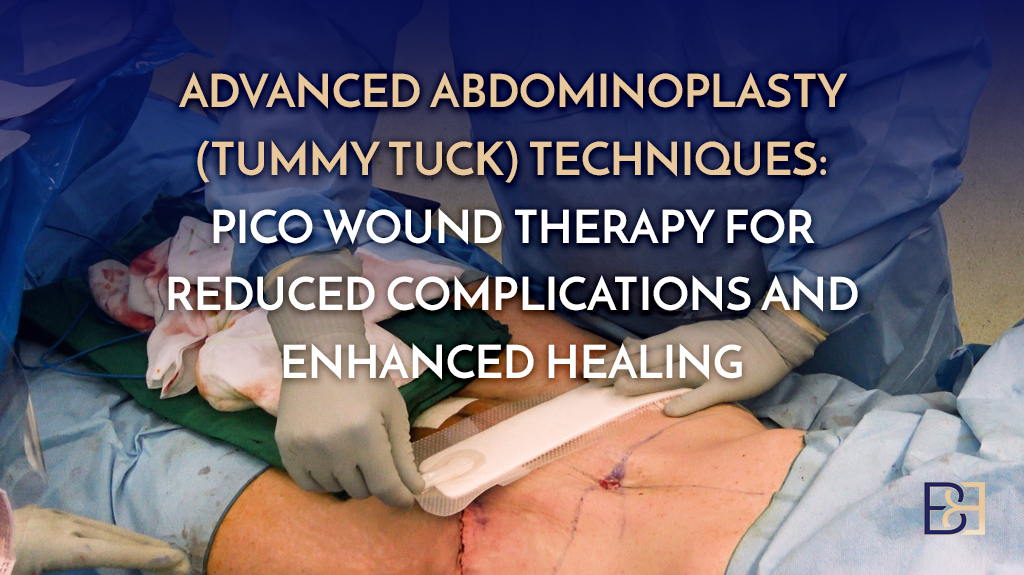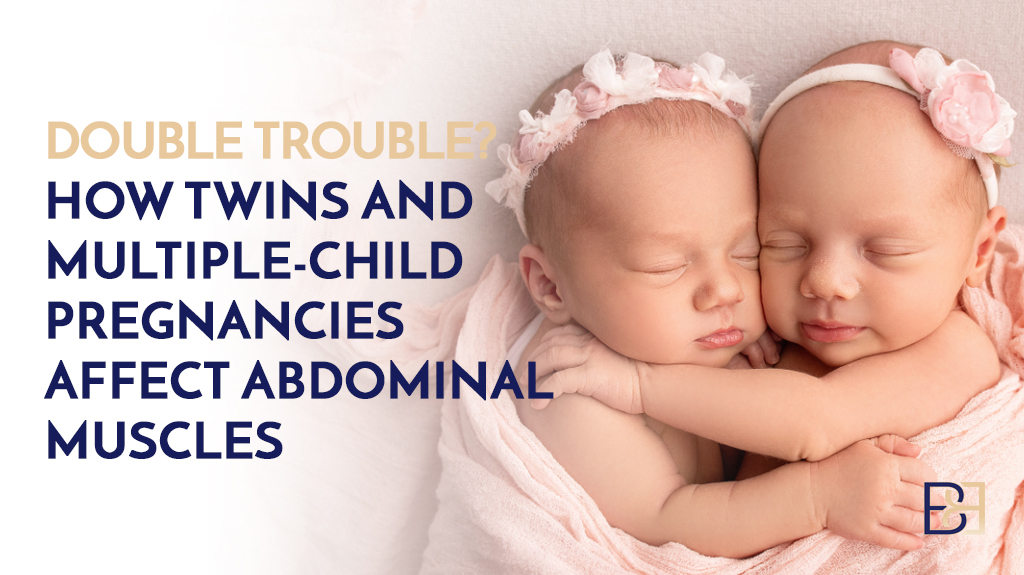Breast implants eventually need replacing. Perhaps you have thought about removing breast implants and having fat grafting instead. Is it possible? Yes, in some cases. Today, we will talk about some factors you’ll need to consider. This will help you decide if new breast implants or breast fat transfer is right for you.
Book your appointment online now
Trading breast implants for fat transfer
Many ladies are interested in natural breast fat injections these days. If it’s time to replace your old breast implants, you have two options: new breast implants or natural breast fat injections (aka fat grafting). The procedure works by removing excess body fat and utilizing it to increase the volume of the breasts. Liposuction first removes the fat. Then your surgeon injects the fat into the breasts.
Reasons for breast implant removal
There are a few reasons to remove breast implants that may occur after you have made the decision to have breast augmentation, such as:
Reconsidered implant size
After careful consideration, you and your surgeon chose a breast implant size that you hoped would make you happy in the long term. While most patients are satisfied with the breast implant size selected, sometimes the final result doesn’t line up with the patient’s expectations. Perhaps an implant that is too large or too small was selected. Or you may have simply changed your mind. Most patients enjoy the breast implant size they chose for several years, but changing trends, age, or lifestyle changes may cause them to rethink the size.
Patients tend to opt for a larger implant the second time around. However, not all patients size up. Others may desire a smaller implant size. Either way, Doctor Bernard can remove the existing implant and replace it with a desired implant size. If you are considering a modest breast implant size, you may be considering breast fat injections instead of implants. We’ll cover more on this later in the article.
Breast implant rupture
Leaking breast implants require breast implant removal or replacement. Patients who wish to exchange damaged breast implants for new ones also have the option of breast fat injections. A ruptured breast implant, while not causing the patient any immediate danger, may cause some women to rethink breast implants if they had this happen. New implants can be placed during the breast implant removal surgery. Others may choose to have fat injections since they can’t leak like breast implants.
Concerns about breast-implant-associated illness
Breast implants are considered a cosmetic procedure. However, breast implant illness, while rare, is a growing concern in the minds of consumers. This occurs when a patient has a bad immune response to a foreign object that is placed in the body. This can occur not just with breast implants, but with any medical device, such as a pacemaker, for example.
While the risk of breast implant illness is very low, some women would rather not take the risk. Swapping breast implants for breast fat injections poses less risk than breast implants since it uses natural body fat rather than a foreign object to increase cup size.
When should breast implants be replaced?
Breast implants are long lasting, but they don’t last a lifetime. Implant rupture, capsular contracture, and changing your mind about breast implant size are the top reasons for breast implant replacement.
During the implant removal surgery, you have three options. Most patients choose breast implant removal with replacement. You can also choose to remove the implants without replacing them. Switching implants for fat injections is another way to make breasts larger after having implants removed. To discuss your options, please contact Dr. Bernard Beldholm’s office to schedule a private consultation.
What happens if you get breast implants removed?
During the initial breast implant surgery, your surgeon created a pocket in the breast to make room for the implant. When you take the implant out, there will be a pocket, or empty cavity, inside the breast. The cavity shrinks down with time, but often not completely.
While it is possible to have breast implants removed without replacement, it can create a cosmetic issue if large breast implants were used. Individual healing, age, and tissue elasticity may also impact how much the breast implant pocket shrinks back to normal.
This is usually not a problem. Most patients choose to replace breast implants. Since the implant pocket is already there, it is a fairly straightforward procedure. The second breast implant surgery usually has a faster and less complicated recovery since less tissue trauma occurs during the implant replacement surgery. Fat injections are another way to increase breast size naturally, instead of using implants, but this usually works best if you are replacing below-muscle breast implants.
What are breast fat injections?
Also called breast fat grafting, the fat transfer procedure is a two-step procedure in one surgery. First, surgical fat reduction is typically performed using liposuction. Patients can elect to have fat removed from the tummy, hips, thighs, saddlebags, or other areas with enough fat to use for breast fat injections. Dr. Beldholm utilizes the latest liposuction technology for precise and smooth results.
Once the fat is removed, it is then purified to prepare for injection. The clean fat is placed in a cannula and injected into the breasts. The fat is injected into the muscle or subcutaneous layer of the breast. Breast implant placement matters if you’re considering breast fat grafting.
Breast implant placement, whether above or below muscle implants, can affect whether fat injections are possible. If you had implants under the muscle, then you may be eligible for fat injections. It gets tricky if you have the above muscle implants, though. Since the implant cavity is above the muscle, we can’t use that plane for the breast fat injections. Certain problems can result from this.
Fat is living tissue. That means it needs blood supply to survive. It needs to be injected into living tissue. So injecting fat into the empty cavity that is there when you remove above muscle implants won’t work. Much of the fat would just get absorbed back into the body. The rest, if any, would just calcify. T
The fat graft is living tissue
The main difference between fat injections and a breast implant is that fat injections are a living tissue. Breast implants are medical devices. Implants never become part of the living tissue. They can be removed. A fat graft grows into the living tissue, becoming a permanent part of your body. That’s actually a huge benefit. Breast implants need to be replaced every 10 years or so on average. A fat graft is permanent and never needs to be replaced.
How big do you want your breasts?
Breast implants are a fixed size. You can choose nearly any size that fits the chest wall and body frame. Implants come in many different size, from small 200 CC breast implants to 450 CC implants or bigger. Doctor Bernard estimates that 90% of his patients choose 300 CC or larger breast implants.
If you have large implants, you won’t get the same result if you switch them out for fat grafting. Breast fat injections can only increase breasts about 1 cup size or a little more in some cases. Unless you have a small implant (around 200 CC), that would be the only way to get a comparable result with fat injections. If you want a bigger increase in bust size, replacing your existing breast implants with new ones is your best bet.
However, if you have a small implant that needs replacing, fat grafting may be an option for you to consider.
Fat injections breast size limitations
Fat grafting increases the bust about 250 CC or less. That equates to about 1 bra cup size. Some patients may be able to get a slightly bigger result, but usually not too much. The best case scenario is going up 1.5 cup sizes with fat grafting.
A lot depends on how tight the breast tissue is. The looser the breast tissue, the more room there is around the fat graft for the blood supply to nourish it. About 60 to 80% of the fat will die and go away in six months. This is normal. So if your surgeon injects 250 to 350 CC, you’ll end up with about 150 to 200 CC of fat that lives. That’s the permanent result. It’s about one cup size.
Tight skin compresses the fat graft, so much of the fat won’t survive. If you have very tight skin, breast implants are the preferred option. Women that are post-pregnancy or post-weight loss, usually age 30 or older, are the best candidates for breast fat grafting because the breast skin is a bit loose.
You also need to have enough body fat
If you’re thinking about breast fat injections, the most important thing to know is you need enough body fat to harvest with liposuction. You can’t use someone else’s fat — not even a relative. It isn’t safe and no qualified surgeon will do this.
Thin women often don’t have enough body fat to harvest. Thin women also tend to have small breasts that may be tighter. For both reasons, thin women are usually better candidates for breast implants rather than fat injections.
If you have extra body fat that you want removed, breast fat injections are an excellent alternative to breast implants. You get two benefits in one: fat reduction and a breast enlargement.
Breast implants can increase bust size more than fat injections
If you have large breast implants and you’d like the size, your best option is to go with breast implants the second time around. Fat grafting can only increase breast size by one bra cup size or so. Keep in mind that the average breast implant is approximately 350 to 400 CCs, which is equivalent to about three cup sizes. Fat injections are great if you want a small breast size increase — about 200 CC. That’s appropriate for the natural, modest look that is in vogue today.
Conclusion
It is possible to remove breast implants in exchange for breast fat injections. However, thin women, tight breast skin, replacing above muscle implants, and patients who want a large increase in bust size (more than 1 cup) are usually not good candidates for breast fat transfer surgery. The best candidate for breast fat grafting are patients that have adequate body fat, breast skin that is not too tight, and desire only about a cup size bigger. To learn more, contact Dr. Beldholm for a private consultation.




